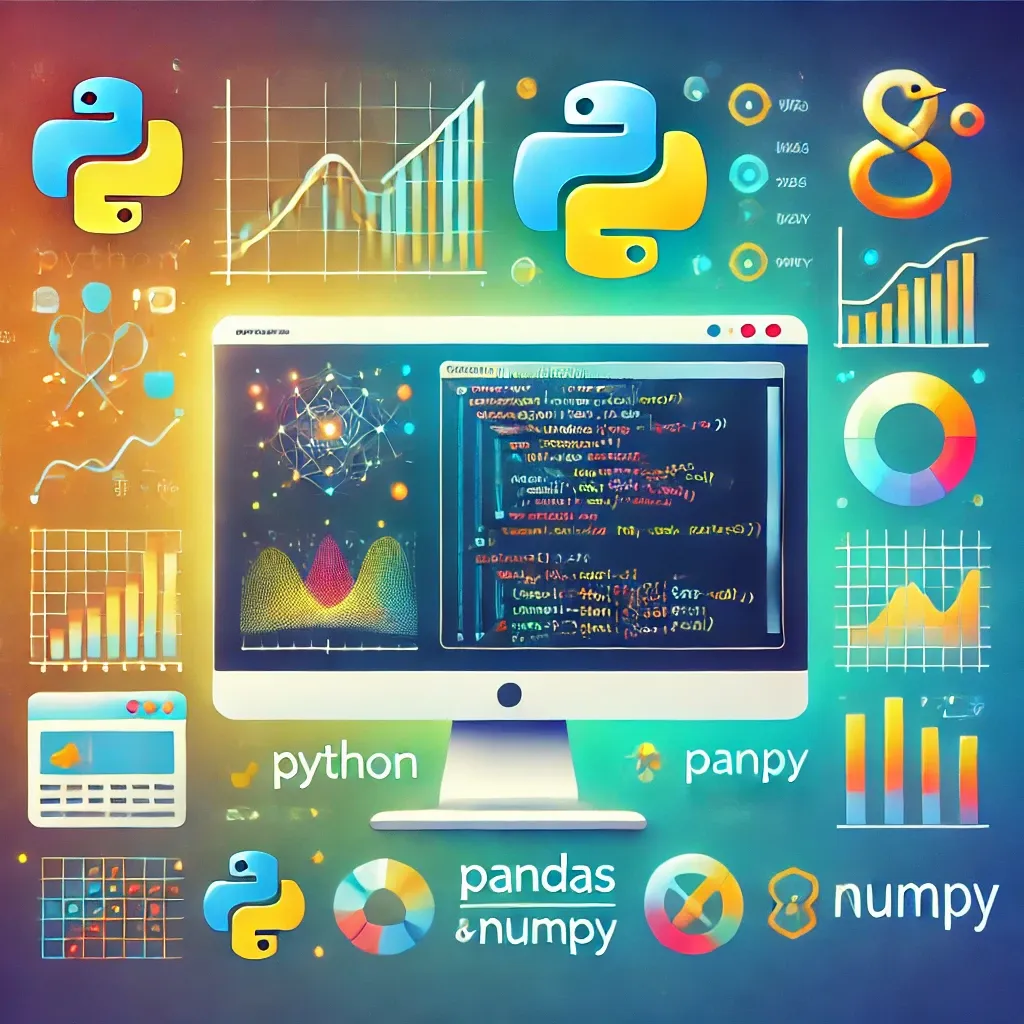
Getting Started with Python: A Comprehensive Guide for Beginners
Python is one of the most popular programming languages in the world due to its simplicity, readability, and versatility. Whether you're new to coding or switching from another language, Python's clean syntax and extensive libraries make it a great choice for beginners.
In this guide, we will cover the basic concepts of Python programming, including installation, syntax, data types, and control structures. By the end of this post, you'll have a solid understanding of Python fundamentals and be ready to write your first program!
Why Choose Python?
- Easy to Learn: Python’s syntax is intuitive and mirrors human language, making it easy to understand.
- Versatile: Python can be used for web development, data analysis, machine learning, and automation.
- Large Community: A massive community of developers supports Python, offering tutorials, libraries, and frameworks.
Step 1: Installing Python
Before you can start writing Python programs, you'll need to install Python on your system. Follow the steps below:
- Download the latest version of Python from the official Python website.
- Run the installer and ensure you check the box that says "Add Python to PATH."
- Verify the installation by typing
python --versionin your command line or terminal.
Step 2: Writing Your First Python Program
Once Python is installed, open a code editor or your terminal, and let's write your first program:
# This is a simple Python program
print("Hello, World!")
When you run this code, Python will output: Hello, World! Congratulations, you've written your first Python program!
Step 3: Understanding Python Data Types
Python has several built-in data types that you’ll use frequently. Here are the most common ones:
- Integers: Whole numbers like
5or-3 - Floats: Decimal numbers like
4.5or3.14159 - Strings: Text enclosed in quotes, e.g.,
"Hello, World!" - Booleans: Logical values:
TrueorFalse
Here’s an example that demonstrates these data types:
# Examples of data types in Python
name = "Alice" # String
age = 25 # Integer
height = 5.9 # Float
is_student = True # Boolean
Step 4: Control Flow in Python
Control flow allows you to dictate how your Python program behaves based on conditions. The two most important control flow tools are if-else statements and loops.
If-Else Statements
These help you make decisions in your program:
# If-else example
if age >= 18:
print("You're an adult.")
else:
print("You're a minor.")
Loops
Loops help you repeat a block of code. The two most common loops are for and while loops.
# For loop example
for i in range(5):
print("Iteration:", i)
# While loop example
count = 0
while count < 5:
print("Count is", count)
count += 1
Step 5: Functions in Python
Functions are blocks of reusable code that perform specific tasks. Defining a function is simple in Python:
# Defining a function in Python
def greet(name):
return f"Hello, {name}!"
print(greet("Alice")) # Output: Hello, Alice!
Functions help make your code more organized and modular, which is especially useful in larger projects.
Conclusion
Python is an incredibly powerful language, and learning these core concepts is the first step to becoming proficient. From here, you can dive into more advanced topics like object-oriented programming, data structures, and libraries. Keep practicing and experimenting with code, and soon you'll be building full-fledged applications!
Happy coding!







0 Comments